People Spotlight: Meet Dipal Vimawala
Our People Spotlight series gives you an inside look at our technical experts around the world. This week, we are highlighting a vice president who leads our structural division in the U.S West region, and providing an insight into their inspiration and work.
Dipal Vimawala is a structural engineer with more than 32 years of experience designing highway, moveable and railroad bridges. Passionate about nurturing leaders, empowering his team members and connecting communities, Dipal earned his bachelor’s degree in civil (structural) engineering in India and a master’s degree in structural engineering from the University of Wisconsin-Madison before making Chicago his home base. Whether restoring historic bridges or designing new ones for modern mobility, Dipal is driven by the impact of transformative infrastructure, creating opportunities that shape cities and improve lives.
What inspired you to join the industry?
I’ve always believed in the power of civil engineering — the way it links communities through the infrastructure that connects them. Building bridges is a clear and tangible way to do just that, literally and figuratively. I have friends who are doctors, and they often remind me that they save lives. My joke in response? “Well, doctors need bridges to reach their patients across highways, waterways and railroads.” It’s a lighthearted way of expressing something I feel deeply — connectivity matters, and I’ve been passionate about it from the very start of my career.
I was fortunate to recognize that interest early on and turn it into a career, using my education and technical skills to help create infrastructure that makes a real impact. The idea that I could contribute to projects that improve communities was one of the major inspirations for joining this profession.
Beyond that, I’ve always enjoyed tackling complex challenges. How do you design and build a bridge in a dense urban environment? How do you deliver critical infrastructure without disrupting traffic? Finding solutions to these kinds of engineering puzzles has been just as rewarding as seeing the finished structures come to life — and knowing they help people every day.
I was fortunate to recognize that interest early on and turn it into a career, using my education and technical skills to help create infrastructure that makes a real impact. The idea that I could contribute to projects that improve communities was one of the major inspirations for joining this profession.
What is your favorite AECOM project that you’ve worked on and why?
One of the most rewarding projects of my career is the reconstruction of the historic Wells Street Bascule Bridge in downtown Chicago. I dedicated about 10 years to this project. I served as the project manager and lead structural engineer from planning to final design phase to completion of the construction.
Originally opened in 1922, this double-deck, moveable bridge is a vital part of downtown Chicago’s infrastructure, carrying thousands of commuters every day. The lower deck accommodates highway, bike and pedestrian traffic while the upper deck supports Chicago Transit Authority’s (CTA) Brown and Purple Line trains. Modernizing the bridge while preserving its historic character and minimizing service disruptions was a challenge but also a remarkable experience.
A key factor in the project’s success was our ability to collaborate with the Chicago Department of Transportation (CDOT) and the CTA to minimize closures. Instead of shutting down the bridge for months, we proposed two carefully planned nine-day closures. I was told we’d never get agreement on this approach, but I thought — why not ask? This solution served the community well. These short-term complete shutdowns allowed us to complete major structural replacements efficiently, while making the project cost effective overall. We used float in-and-out techniques to replace a major portion of the bridge structure.
Thanks to careful planning, strong teamwork, and precise execution, the project was completed on time with little impact on daily travel. In the end it was deeply satisfying to be a part of a project that kept the city moving. CDOT appreciated our work on the Wells Bridge project — which resulted in several industry awards — but the real success for AECOM was being selected for two similar major moveable rehabilitation projects; Lake Street and Michigan Avenue in downtown Chicago, which are currently under design.
A key factor in the project’s success was our ability to collaborate with the Chicago Department of Transportation (CDOT) and the CTA to minimize closures. Instead of shutting down the bridge for months, we proposed two carefully planned nine-day closures. These short-term complete shutdowns allowed us to complete major structural replacements efficiently, while making the project cost effective overall.
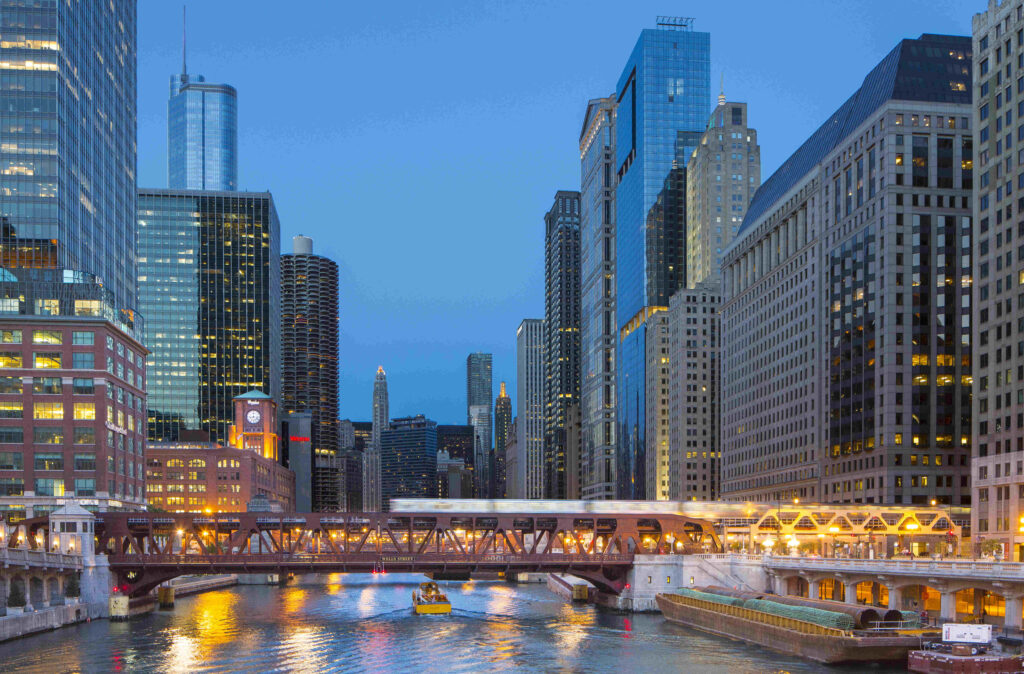
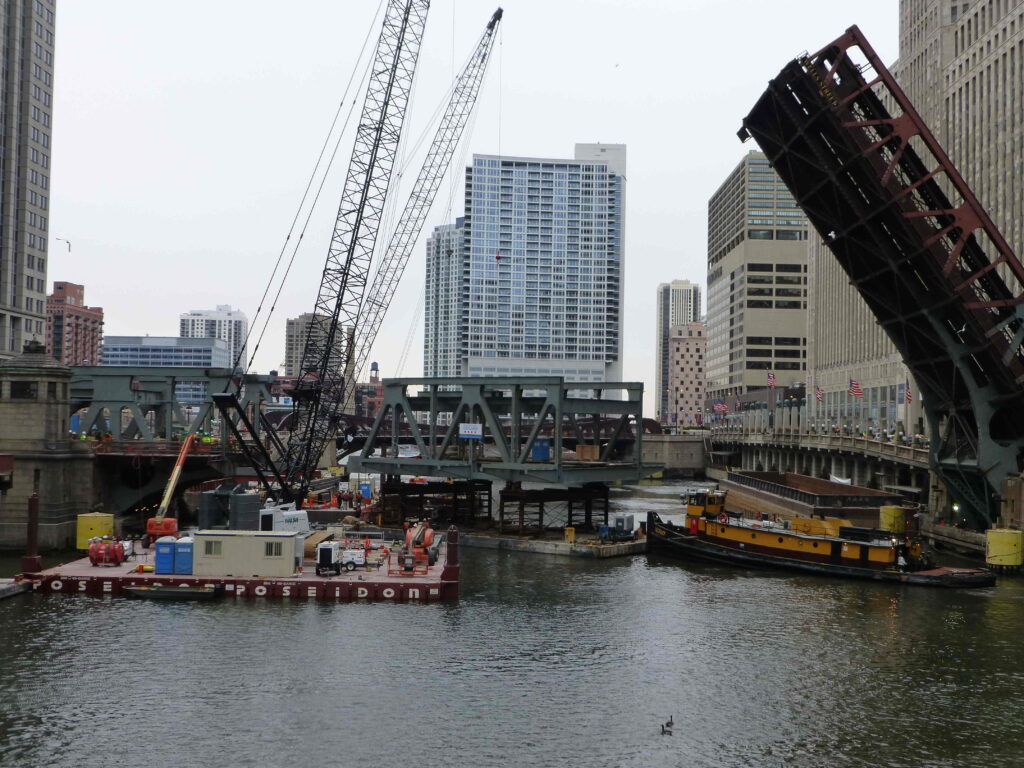
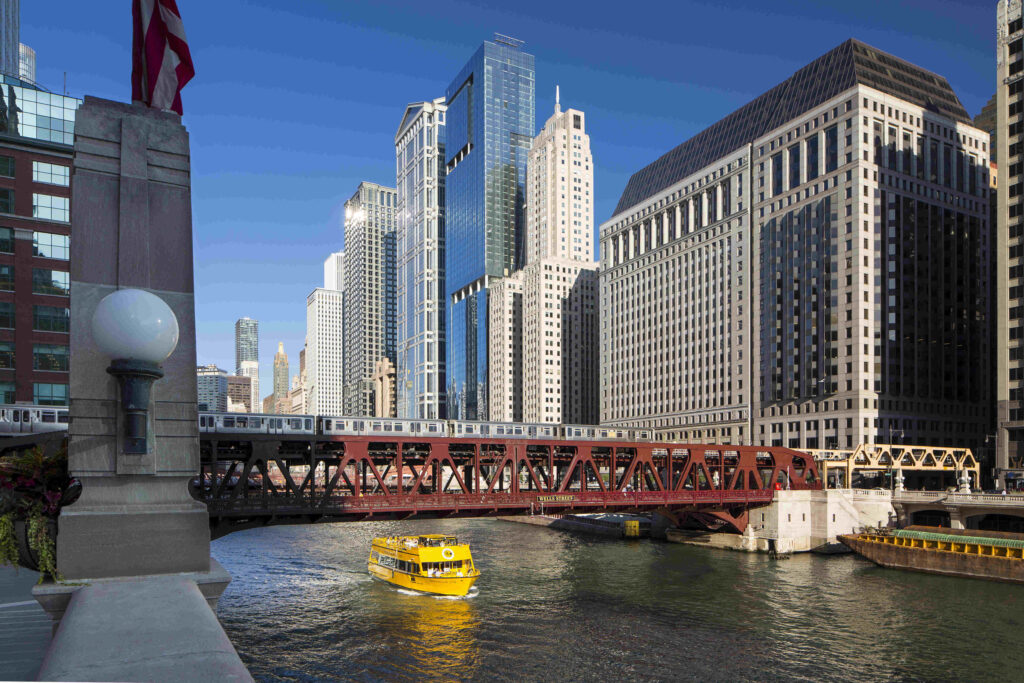
Tell us a story of how your work positively impacted the community.
Two projects that stand out are the 41st and 43rd Street Pedestrian Bridges in Chicago’s Southside Kenwood neighborhood. Designed to provide safe, accessible connections for pedestrians and cyclists, the bridges span Lake Shore Drive and the Metra Electric/CN railroad tracks. Before their construction, reaching the waterfront often required a long drive — now, residents can easily walk or bike straight to the lake, making the shoreline more inviting and accessible.
Beyond its practical use, the City of Chicago desired signature bridges that create an inviting atmosphere with aesthetically pleasant iconic structures resulting in a unique and memorable experience for users. We wanted the bridges to stand out as a beautiful addition to the landscape. We designed sweeping S-curves and inclined arches to mirror the nearby park walkways, creating a smooth, dynamic connection for pedestrians and cyclists.
I mainly worked on the planning phase with the City of Chicago and architects to shape the final product from a conceptual sketch. Much credit goes to Mike Eichten, the project manager and Jixing He, the lead structural engineer. As part of our team, I also helped create a temporary bridge in between the proposed arch bridge and the Metra Electric Railroad overhead catenary power lines. This created a safe working environment for workers and allowed construction to continue while several hundred trains a day were running below. The project was part of a larger effort to improve public spaces along the lakefront, making the area more inviting and better connected to the surrounding community. Seeing the project come to life and witnessing the impact on people within the neighborhood — how it encourages outdoor activity and strengthens the community — has made this a truly meaningful experience.
Beyond its practical use, the City of Chicago desired signature bridges that create an inviting atmosphere with aesthetically pleasant iconic structures resulting in a unique and memorable experience for users. Seeing the project come to life and witnessing the impact on people within the neighborhood — how it encourages outdoor activity and strengthens the community — has made this a truly meaningful experience.
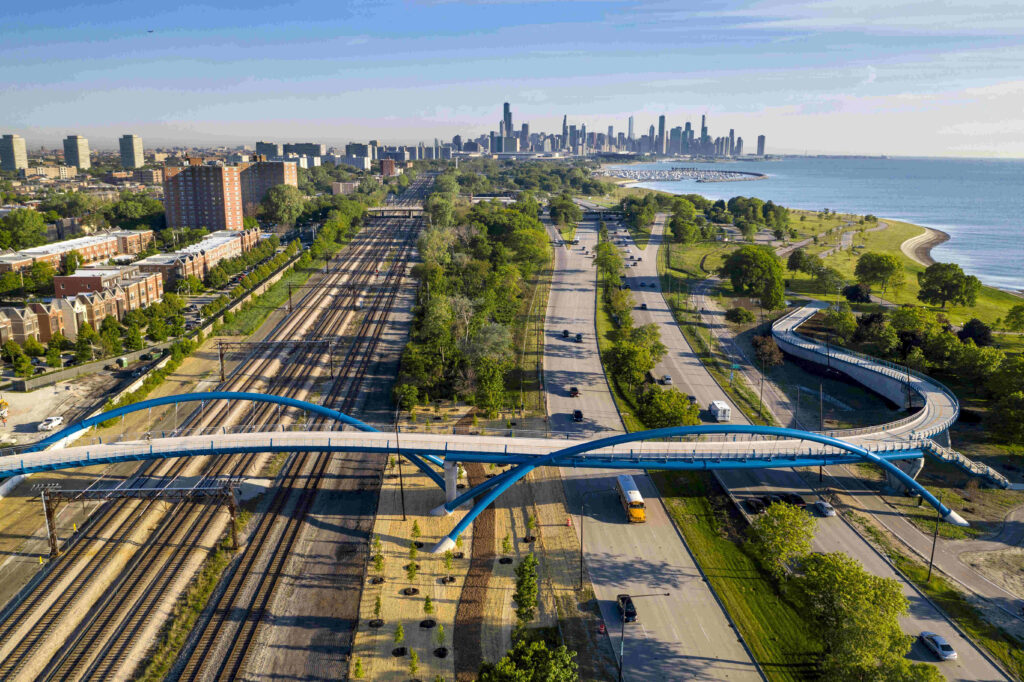
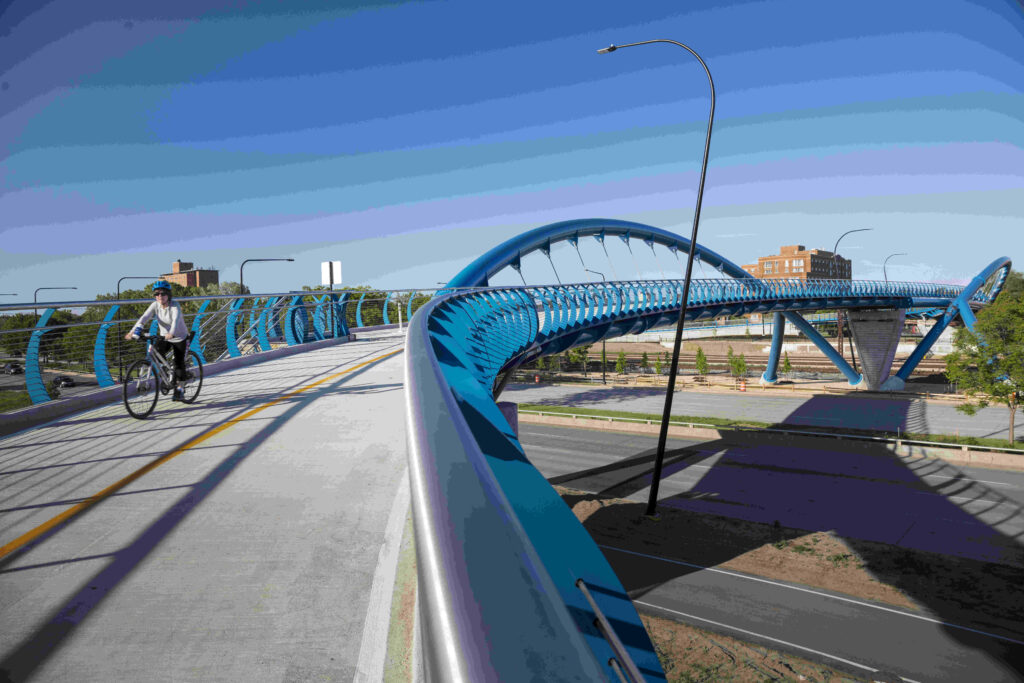
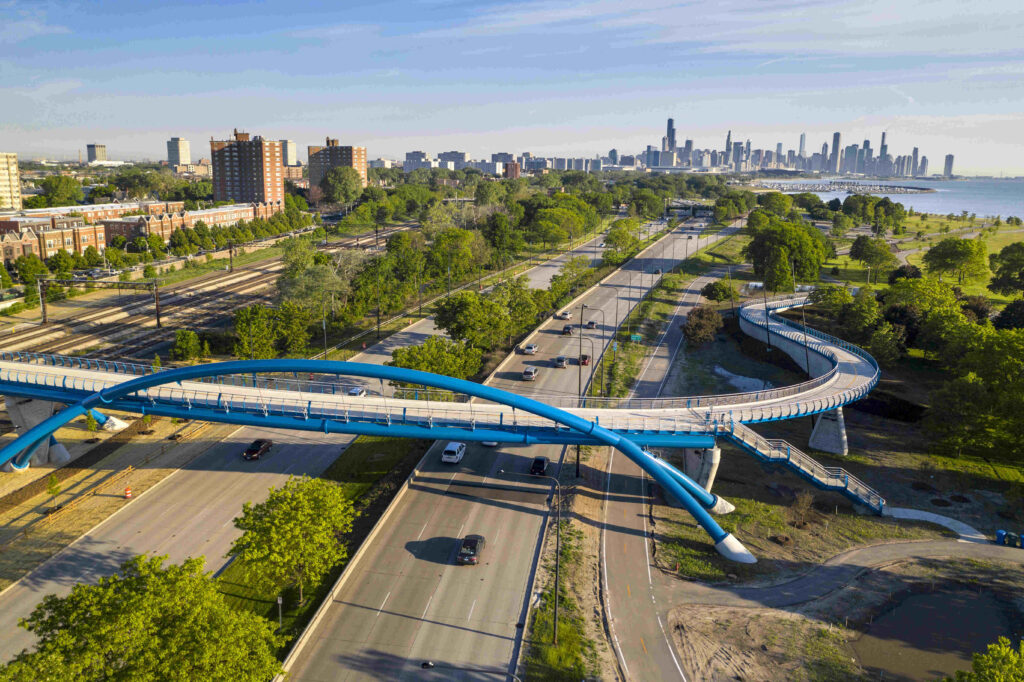
Share a piece of career advice.
I am a big believer in empowering young engineers and creating future leaders; always look for opportunities — it’s one of the best ways to grow your career. We all need challenges to keep our minds active, learning and growing. Seek out complex and challenging projects — having a hunger for technical expertise will push you forward. Take on challenges, embrace more responsibilities, and don’t be afraid to step outside your comfort zone. The more you engage, the more you’ll learn from experienced colleagues that will be invaluable to your growth. Stay curious, stay proactive, and your career will continue to advance. Make sure to enjoy yourself and have fun while you are at it.






